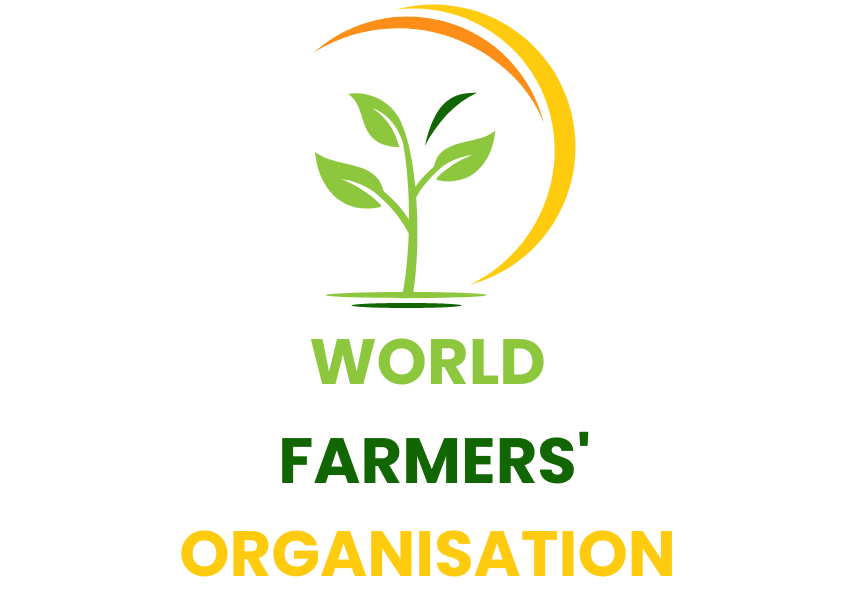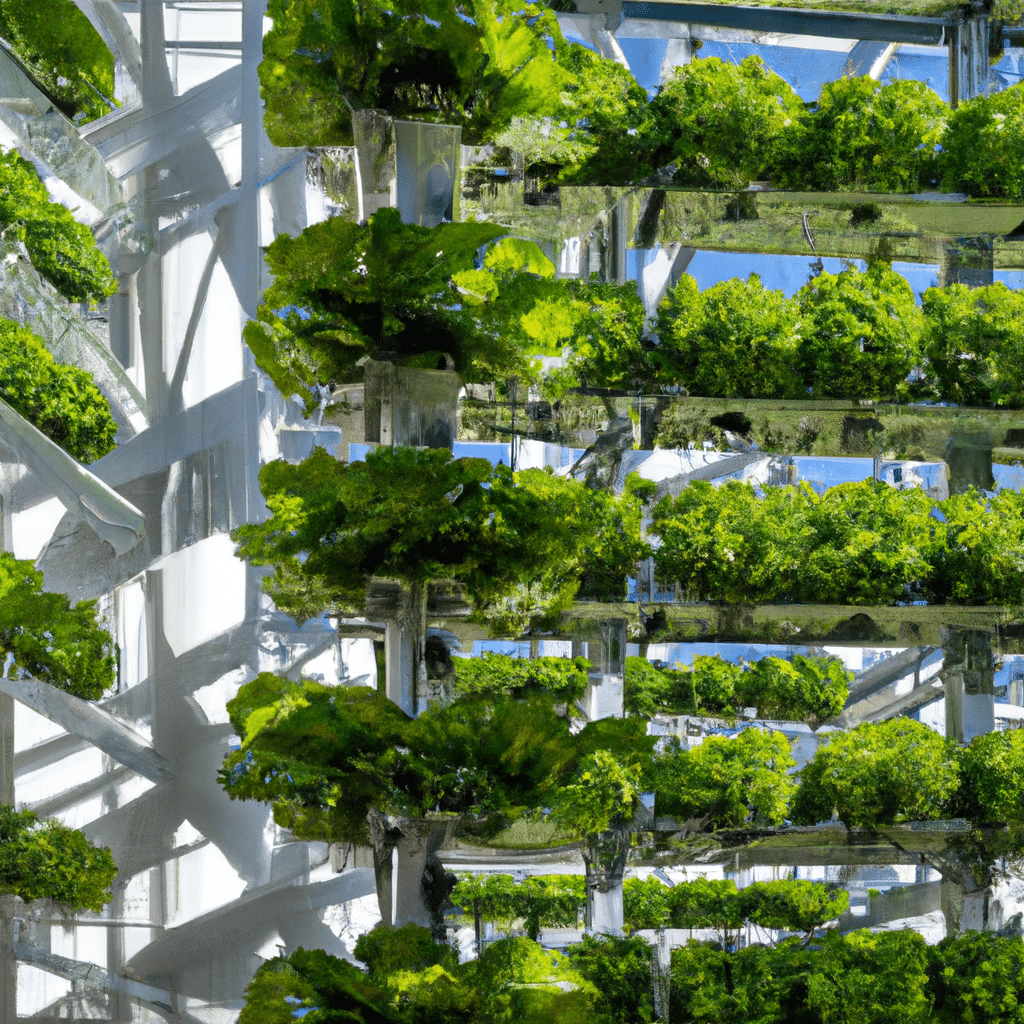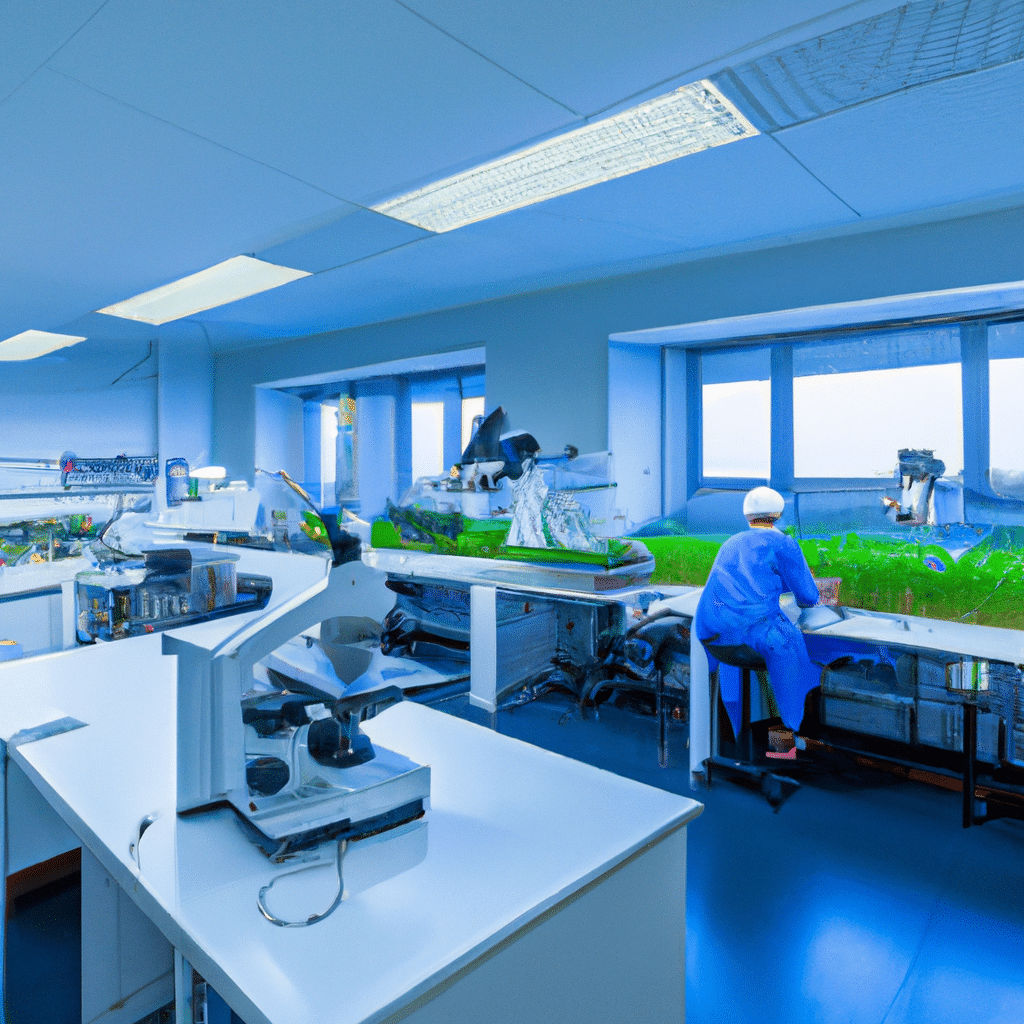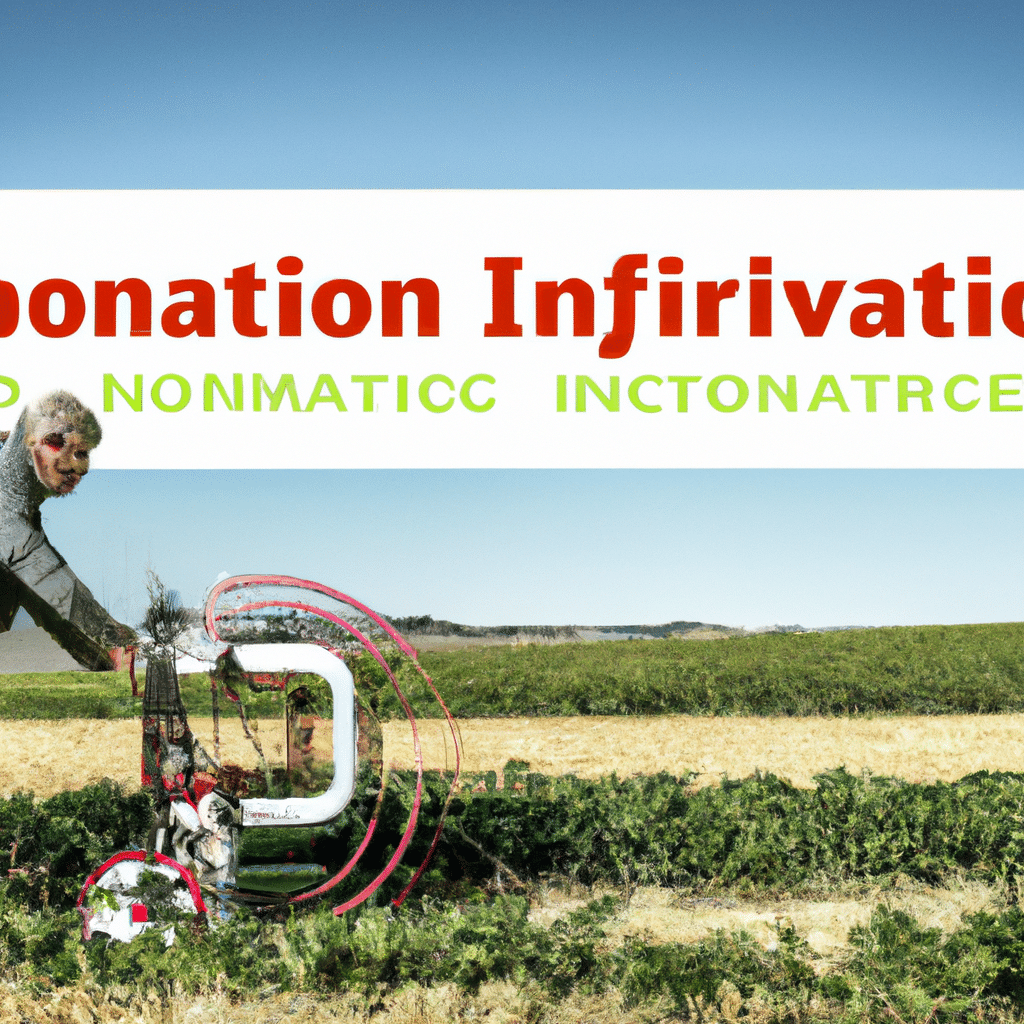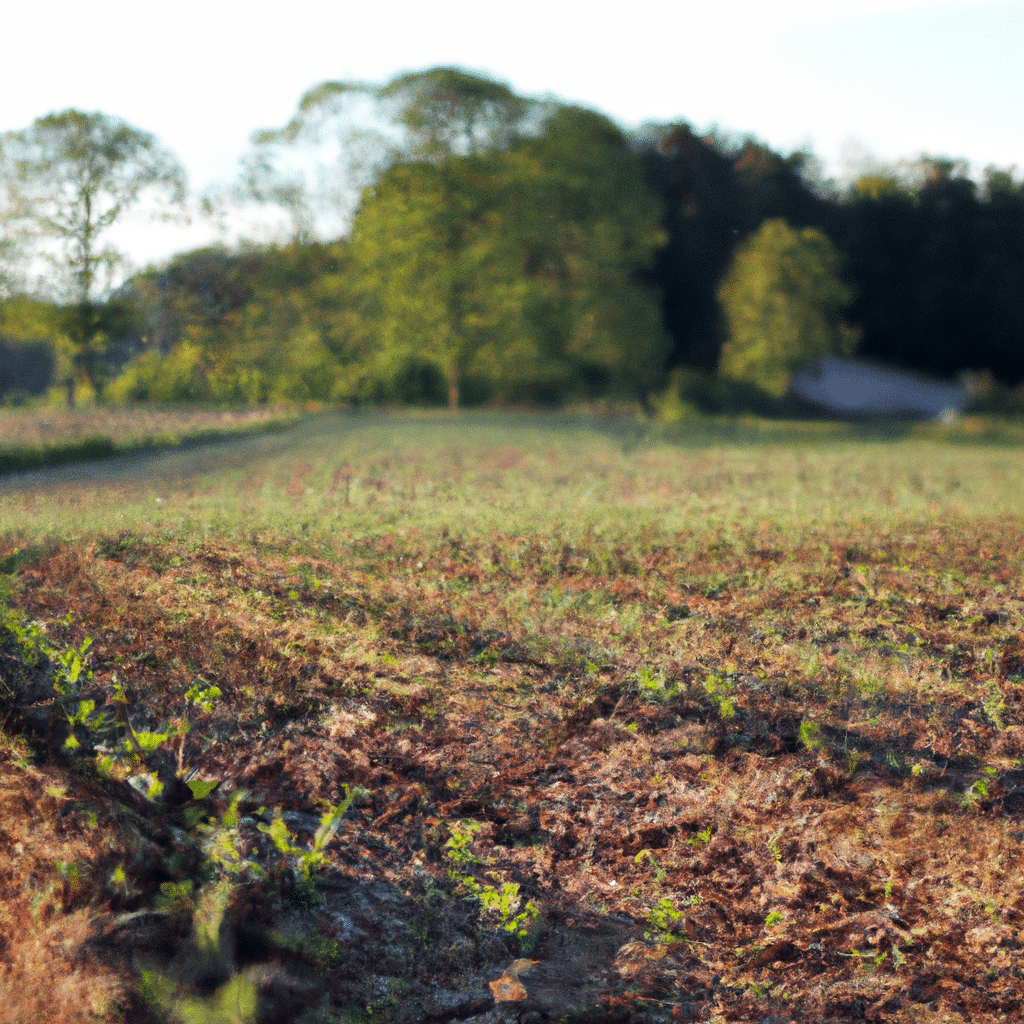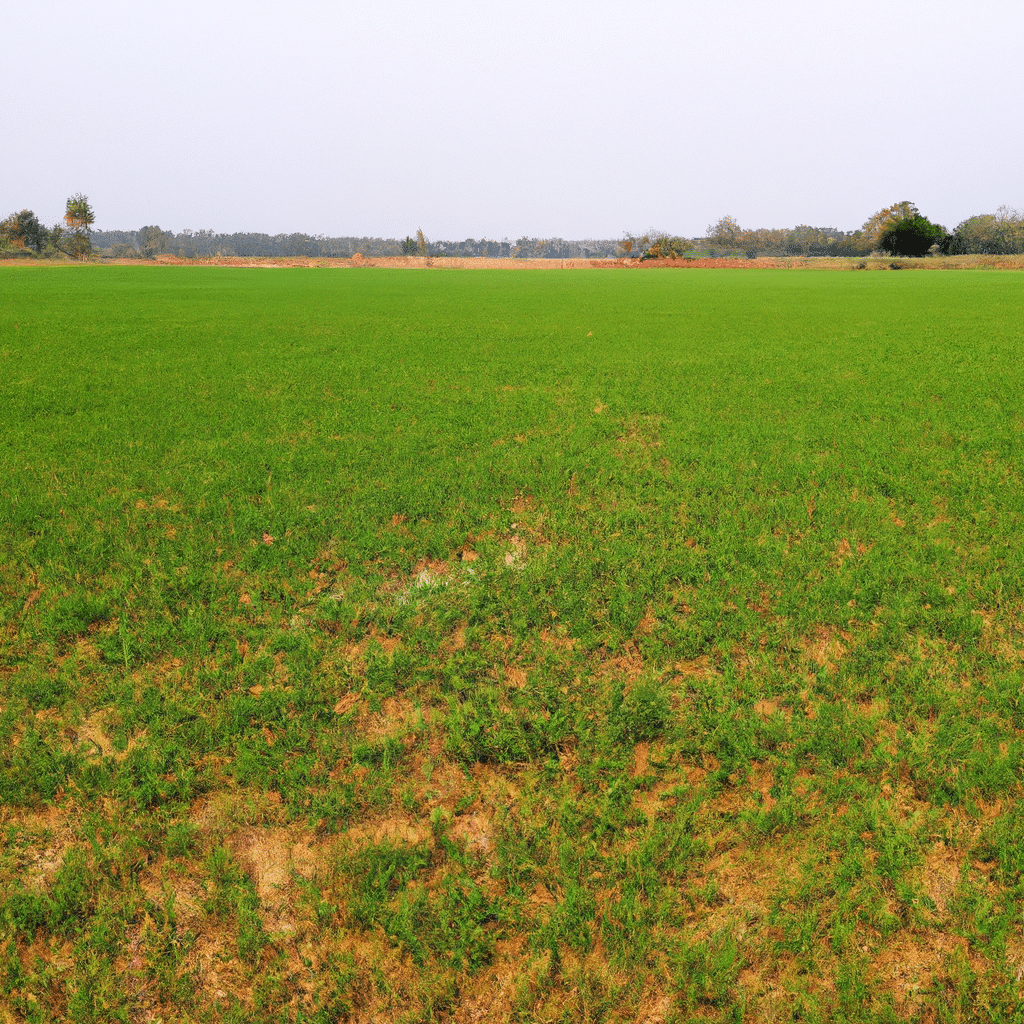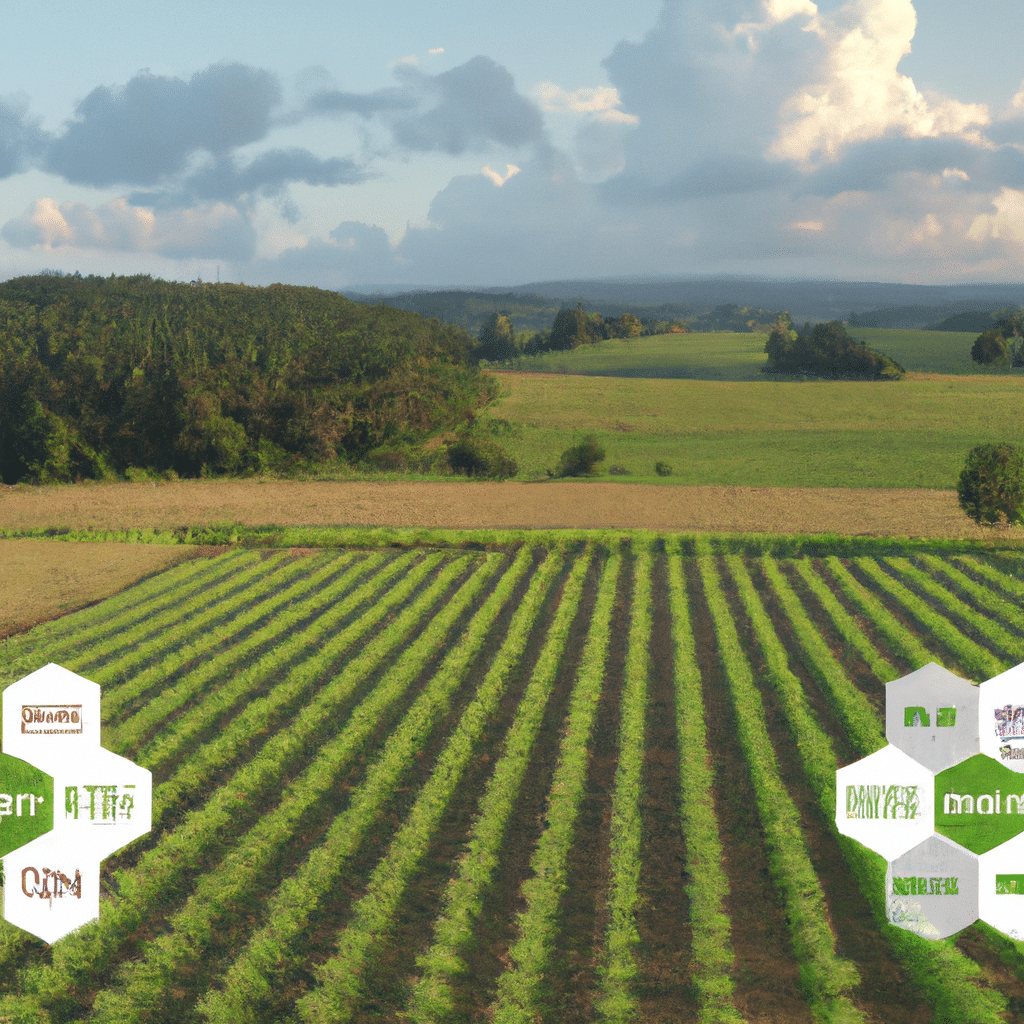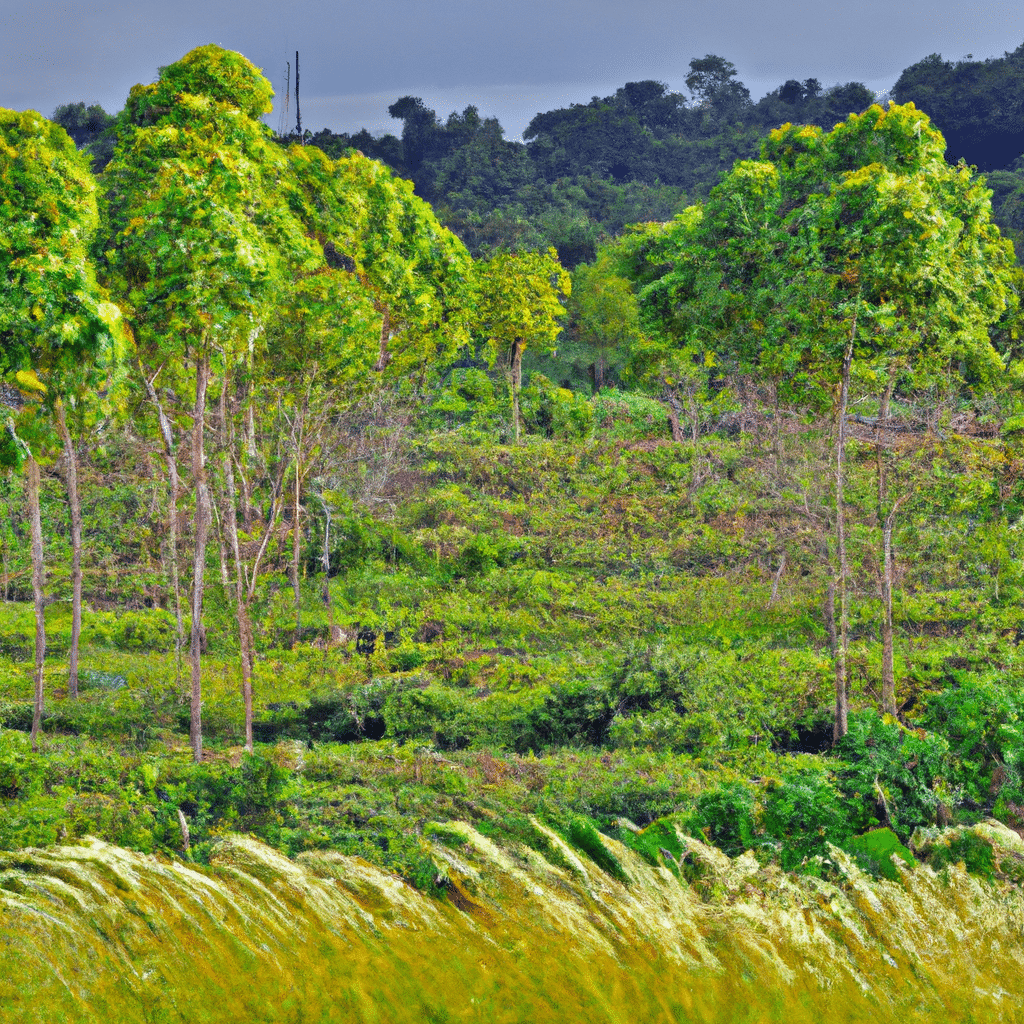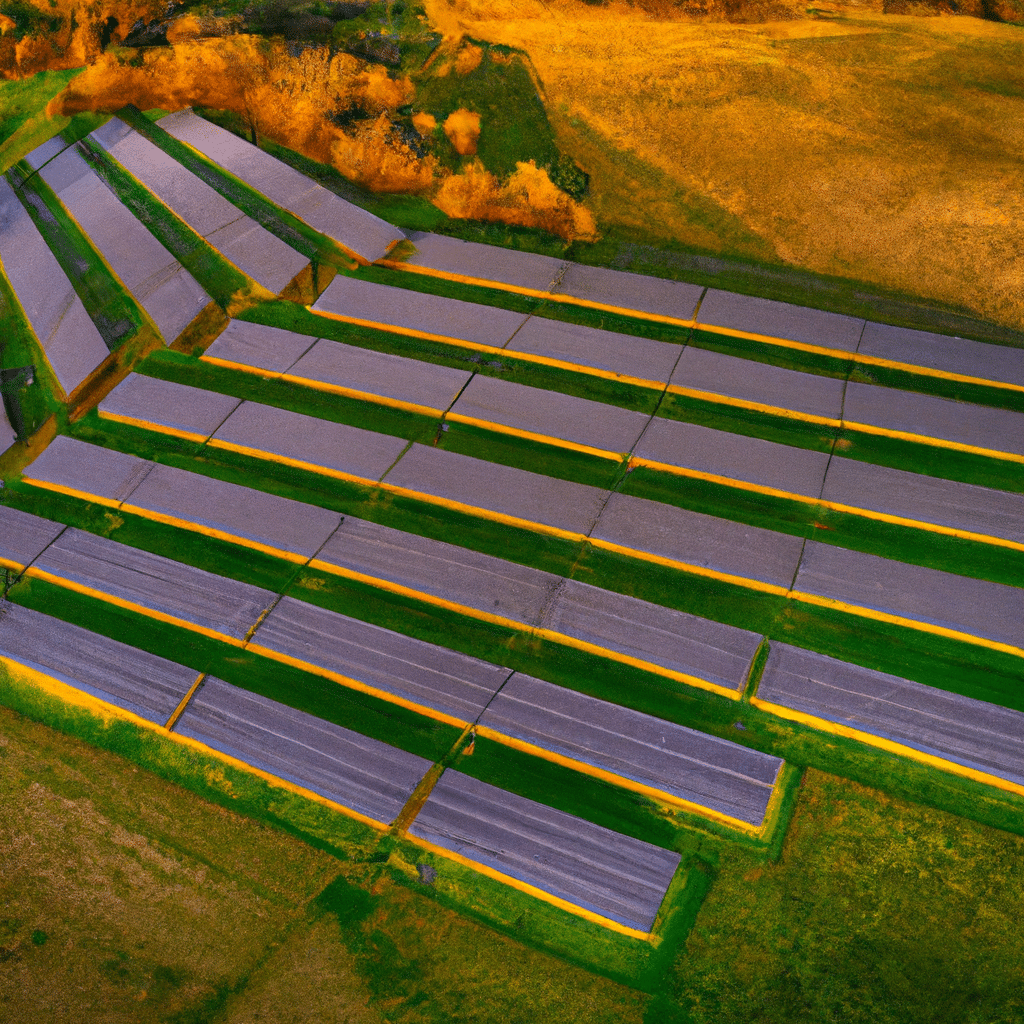Welcome to our comprehensive guide on climate-smart farming techniques. In this article, we will delve into the secrets of sustainable agriculture practices that help farmers adapt to and mitigate the effects of climate change. As climate change continues to pose significant challenges to our planet, it is crucial to explore innovative and environmentally friendly farming methods that promote resilience, productivity, and long-term sustainability.
Understanding Climate-Smart Farming
Climate-smart farming encompasses a range of strategies that aim to maximize agricultural productivity while minimizing the impact on the environment. These techniques take into account the specific climatic conditions of an area and focus on enhancing resilience, reducing greenhouse gas emissions, and conserving natural resources. By implementing climate-smart farming practices, farmers can adapt to changing weather patterns, improve soil health, conserve water, and reduce their carbon footprint.
Building Resilience Through Crop Diversification
Crop diversification is a key component of climate-smart farming. By cultivating a variety of crops, farmers can reduce the risks associated with climate change-induced pests, diseases, and extreme weather events. Diversification also improves soil health, enhances nutrient cycling, and promotes biodiversity. Farmers can implement intercropping, where different crops are grown together, or practice crop rotation, which involves alternating crops in a specific sequence to optimize soil fertility and control pests naturally.
Enhancing Soil Health with Conservation Agriculture
Conservation agriculture is a set of practices that prioritize soil health and sustainability. These techniques minimize soil disturbance, promote organic matter accumulation, and enhance water infiltration. No-till farming, a key component of conservation agriculture, involves planting crops without plowing the soil, which helps retain moisture, reduces erosion, and sequesters carbon. Additionally, cover cropping and mulching contribute to soil fertility, weed control, and moisture conservation.
Efficient Water Management for Sustainable Agriculture
Water scarcity is a pressing issue in many regions, and climate change exacerbates this challenge. Climate-smart farming techniques emphasize efficient water management to ensure sustainable agricultural practices. Drip irrigation and precision farming technologies allow farmers to deliver water directly to the plant roots, minimizing waste. Rainwater harvesting and proper drainage systems also help conserve water and prevent soil erosion. By optimizing water usage, farmers can adapt to changing rainfall patterns and ensure the availability of water for future generations.
Harnessing Renewable Energy on the Farm
The integration of renewable energy sources plays a crucial role in climate-smart farming. By utilizing solar panels, wind turbines, or biogas digesters, farmers can generate clean energy to power their operations. Renewable energy not only reduces greenhouse gas emissions but also offers financial benefits by lowering energy costs. Additionally, excess energy can be stored or sold back to the grid, contributing to a more sustainable and resilient farming system.
Adapting to Climate Change with Smart Technologies
Advancements in technology have revolutionized the agricultural sector, enabling farmers to adapt to climate change more effectively. Smart technologies such as weather forecasting systems, remote sensing, and data analytics provide valuable insights for decision-making. These tools help farmers optimize planting schedules, monitor crop health, and manage resources efficiently. By leveraging smart technologies, farmers can enhance their productivity and resilience in the face of climate-related uncertainties.
Conclusion
In conclusion, climate-smart farming techniques offer a pathway towards sustainable agriculture in the face of climate change. By embracing crop diversification, conservation agriculture, efficient water management, renewable energy, and smart technologies, farmers can adapt to changing climatic conditions while minimizing their environmental impact. It is essential for farmers, policymakers, and stakeholders to collaborate and promote the adoption of climate-smart farming practices worldwide. Together, we can build a resilient and sustainable future for agriculture, ensuring food security and preserving our planet for generations to come.
